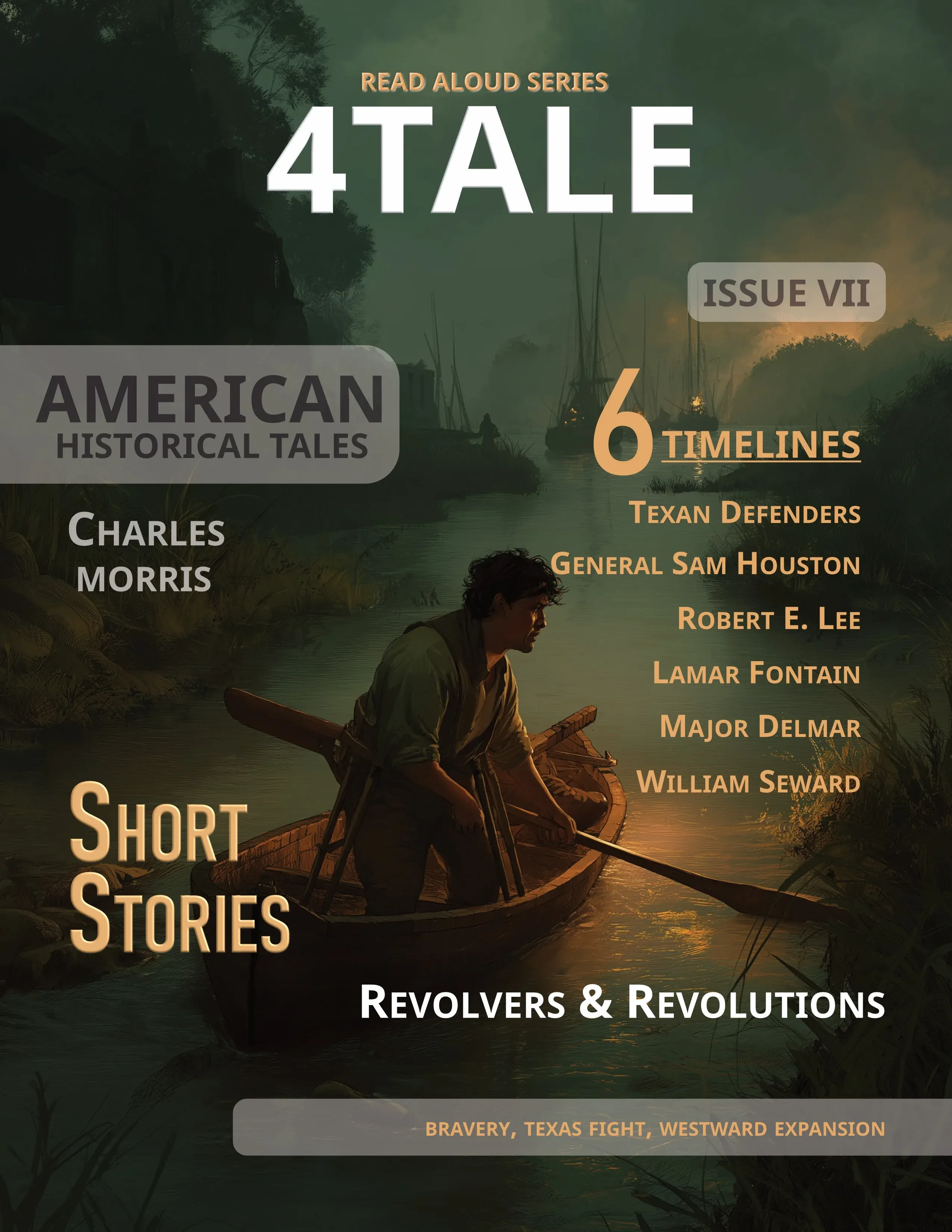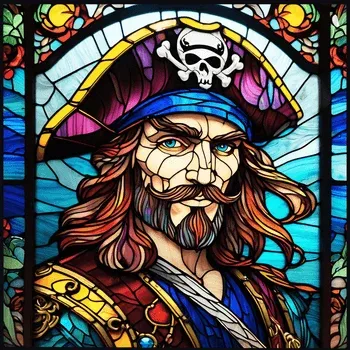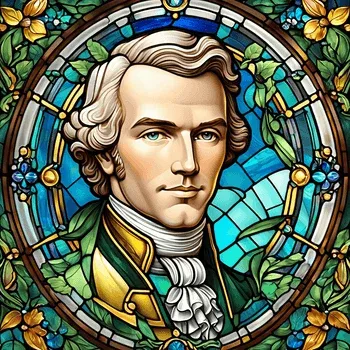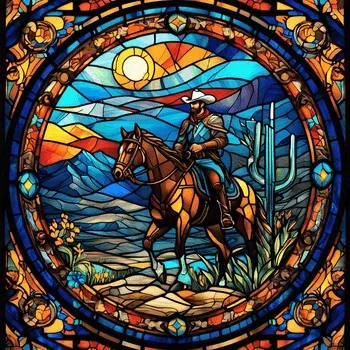BY CHARLES MORRIS
Heroes of the Alamo
Historical Tales 2 American: Story 22 of 34

Heading

Famous Figures: The story features well-known figures like Davy Crockett, Colonel James Bowie, and Lieutenant Colonel William Barrett Travis.
Outnumbered Defenders: The Texan defenders at the Alamo numbered fewer than 200 men against Santa Anna's thousands of troops.
A good book we like, we explorers. That is our best amusement, and our best time killer
- Roald Amundsen, Explorer
The Alamo: A Tale of Heroic Resistance During the Texas Revolution
Immerse yourself in the tale of a turning point in Texas history - the Battle of the Alamo. A saga of resistance, bravery, and ultimate sacrifice, the story echoes the spirit of the Texas Revolution. Renowned figures like Davy Crockett and James Bowie, alongside nearly 200 defenders, stood their ground against insurmountable odds. This narrative is not just about a battle; it symbolizes a relentless pursuit of independence.
The Historical Significance of the Battle of the Alamo
The Battle of the Alamo, fought in 1836, stands as a pivotal event in the Texas Revolution. This historic confrontation was not just a military conflict, but a symbol of defiance and a rallying cry for the cause of Texan independence. The Alamo, a fort in San Antonio, Texas, was the site of a 13-day siege by Mexican troops under President General Antonio López de Santa Anna. Despite being vastly outnumbered and outgunned, the Texan defenders displayed an unwavering resolve, their courageous stand becoming a beacon of determination and resistance that continues to resonate in history.
The Alamo: The Stage of the Battle
The Alamo served as the dramatic backdrop for this historic clash. Once a mission, this fort in San Antonio, Texas, became the stage for a story of courage, tenacity, and sacrifice. The Alamo's thick walls bore witness to the indomitable spirit of its defenders as they withstood a relentless 13-day bombardment by Mexican forces. Despite their limited numbers and dwindling supplies, the Texans refused to surrender, embodying an unyielding spirit of resistance that has come to define the Battle of the Alamo in the public consciousness.
Key Figures: Davy Crockett and James Bowie
Among the nearly 200 rebels defending the Alamo were renowned figures like Davy Crockett and James Bowie. Crockett, a former congressman and famed hunter from Tennessee, lent his legendary frontier skills to the cause. James Bowie, a renowned duelist and adventurer, brought his combat prowess to the defense of the Alamo. These men, despite the grim odds, displayed extraordinary bravery. Their leadership and personal valor played a crucial role in the defense, and their heroic last stand has been immortalized in history and popular culture. Their story is an integral part of the enduring legacy of the Battle of the Alamo.
Podcast
The Siege: A Tale of Courage and Determination
The Alamo, besieged by Mexican forces for 13 long days, bore witness to an extraordinary display of courage and determination from its defenders, despite their limited numbers and supplies. Outnumbered, the Texan rebels stood their ground, their unwavering resolve evident in Colonel Travis' impassioned plea for aid. His words, a vow to never surrender or retreat, echoed throughout the fort, breathing hope into the hearts of his men. Yet, the only reinforcements to arrive were a small group of 32 men from Gonzales. As the Mexican forces multiplied, the bombardment upon the fort intensified, setting the stage for an inevitable, yet heroic, resistance.
The Overwhelming Attack and Heroic Resistance
The Mexicans, with their superior numbers, finally managed to breach the fort's walls. The Texan defenders, even though faced with overwhelming circumstances, fought valiantly to the last man. Renowned figures like Travis and Crockett, despite the dire circumstances, stood firm, taking down many Mexican troops before succumbing. The Texans' resistance, though ultimately unsuccessful in preventing the fort's capture, proved to be a testament to their undying spirit of resistance and the lengths they were willing to go for their independence.

The Battle of the Alamo as an Emblem of Resistance
Despite their defeat, the Battle of the Alamo had significant implications. Echoing the Battle of Thermopylæ in ancient Greece, the Alamo became a symbol of heroic resistance and determination. The Texans' unyielding courage and their readiness to fight for their independence, even in the face of insurmountable odds, left a deep imprint on history. Even today, the Alamo is commemorated as a symbol of the indomitable spirit of freedom, serving as a potent reminder of the price of liberty and the heroes who paid it. The aftermath of the Battle of Alamo, therefore, is not marked by defeat, but by the enduring legacy of courage, sacrifice, and the fight for independence.
Conclusion
In history, few battles echo with the resonance of the Alamo. A saga steeped in valor and ultimate sacrifice, it marked a turning point in Texas' pursuit of independence. The fort's defenders, led by luminaries like Crockett and Bowie, provided a stirring testament to the indomitable spirit of resistance. Their stand, though outnumbered, heralded a clarion call for liberty. The Battle of the Alamo, thus, transcends mere historical event - it embodies a symbol of unyielding courage and determination, a beacon for all who yearn for freedom.





